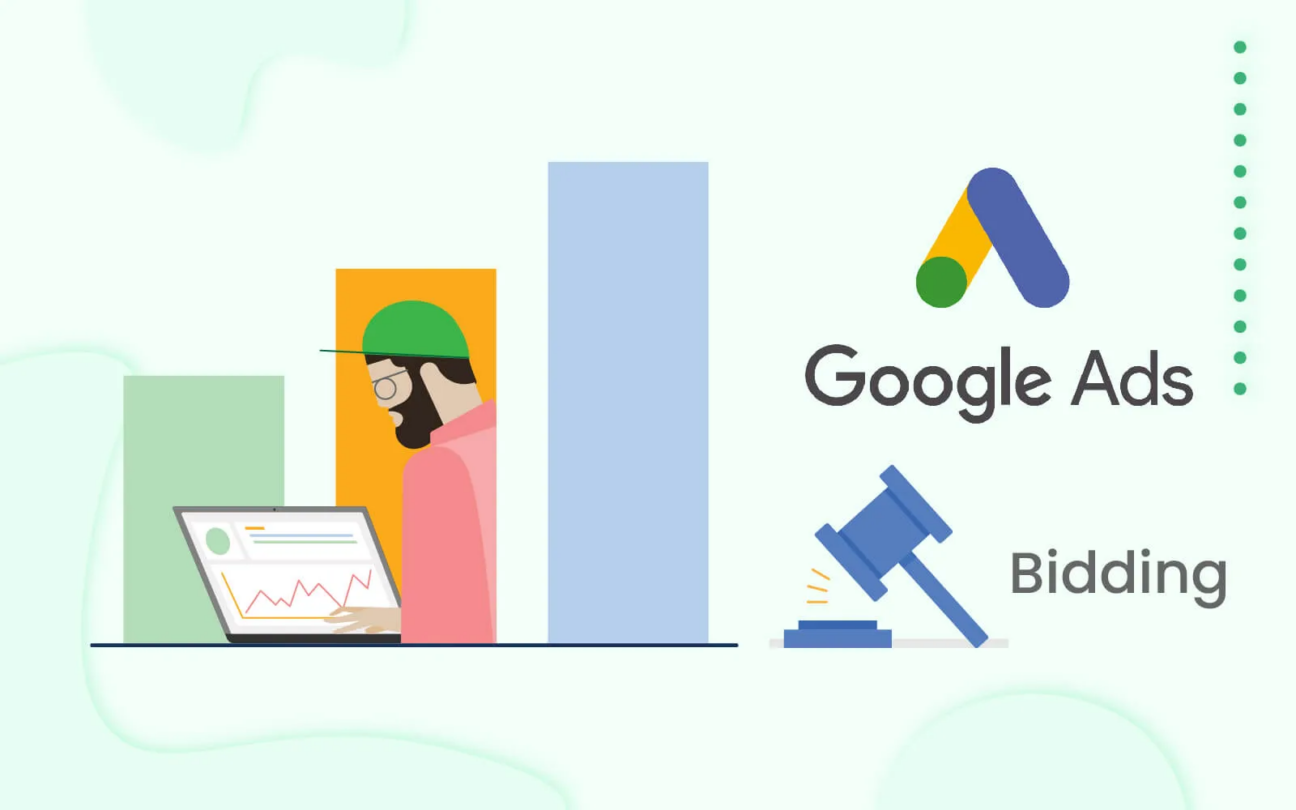Mastering Google Ads bidding strategies is essential for anyone looking to maximize their advertising efforts and spend. This comprehensive guide aims to boost your understanding and help you pick the perfect approach to meet your campaign goals. Whether you’re new to Google Ads or seeking to refine your techniques, navigating the bidding landscape is a critical step toward achieving your marketing objectives.
Mastering Google Ads Bidding Strategies
Google Ads offers a myriad of bidding options, each with its strengths and scenarios where they shine the brightest. Knowing which strategy aligns with your campaign’s specific needs can transform your ad performance. From maximizing conversions to targeting a specific cost per action (CPA), the right bidding strategy can serve as a powerful tool in your marketing arsenal.
Table of Contents
- Understanding the Basics of Google Ads Bidding
- Types of Google Ads Bidding Strategies
- Maximizing Conversions with Target CPA
- Enhancing Your Bid Strategy with ECPC
- Making the Most of Maximum CPC Bidding
- Navigating Google Ads Bidding for Brand Awareness
- Leveraging Target ROI for Smart Bidding
- Utilizing Manual Bidding Strategies for Precise Control
- Balancing Budgets and Bidding in Competitive Markets
- Troubleshooting Common Google Ads Bidding Issues
- Future Trends in Google Ads Bidding Strategies
- Conclusion: Key Takeaways for Successful Google Ads Bidding
Understanding the Basics of Google Ads Bidding
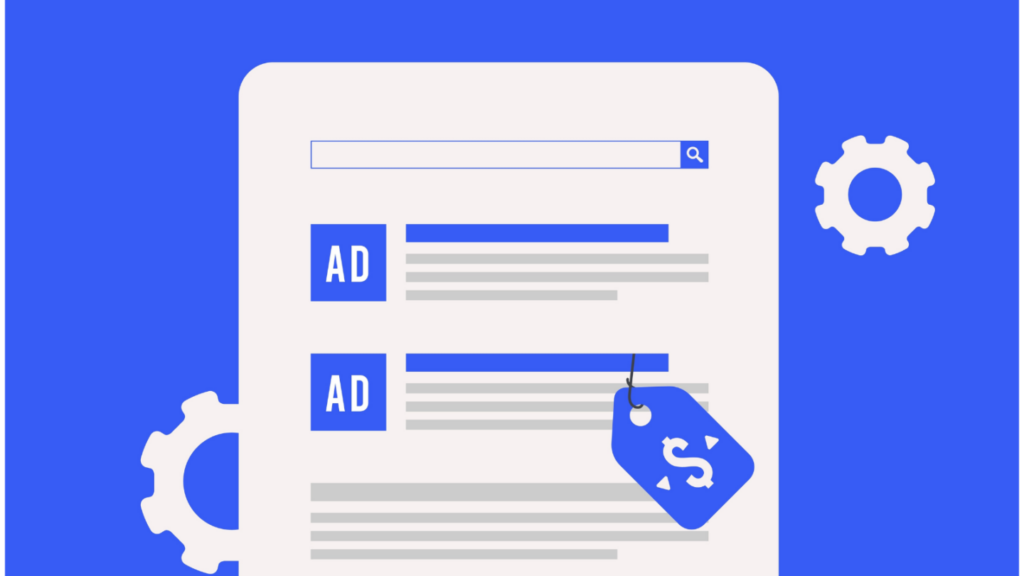
At the core of Google Ads is the concept of bidding. Every time someone searches on Google, an auction determines which ads show up and in what order. But before you can master the game, you need to understand the rules.
Bidding in Google Ads revolves around keywords. Advertisers select keywords relevant to their business and then bid on them, indicating how much they’re willing to pay for a click. Google uses this bid along with other factors, such as the quality of the ad, to decide which ads to display.
It’s crucial to grasp that your bid amount can influence not only if your ad appears but also its position on the page. However, higher bids do not guarantee higher positions, especially if your ad’s quality score is low.
Key Components of Google Ads Bidding:
- Maximum CPC: The highest amount you’re willing to pay for a click on your ad.
- Quality Score: A measure of how relevant and useful your ad is to the user, primarily based on your click-through rate, ad relevance, and landing page experience.
- Ad Rank: Determines your ad position, based on your bid amount, ad quality, and the expected impact of extensions and other ad formats.
Types of Google Ads Bidding Strategies
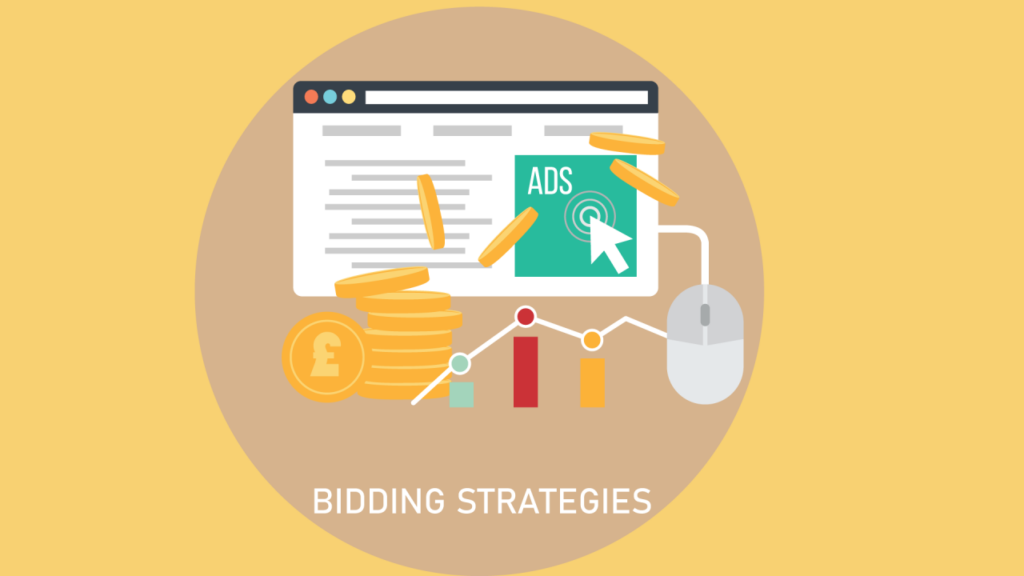
Google Ads offers a range of bidding strategies tailored to different advertising goals. Understanding these strategies is key to optimizing your campaigns.
Automated vs. Manual Bidding
At a high level, Google Ads bidding can be broken down into two main types: automated and manual bidding. Automated strategies use machine learning to optimize for your set goals, while manual bidding gives you direct control over bid amounts.
Automated Bidding Strategies include:
- Target CPA (Cost Per Acquisition): Automates bids to help get as many conversions as possible at your target CPA.
- Target ROAS (Return On Ad Spend): Targets a specific return on ad spend.
- Maximize Conversions: Sets bids to help get the most conversions for your campaign while spending your budget.
Manual Bidding Strategies offer:
- Control: You decide the bid amounts for different keywords or ad groups.
- Flexibility: Adjust bids in response to campaign performance.
Maximizing Conversions with Target CPA
One of the most effective automated bidding strategies is Target CPA. This strategy works best for advertisers focused on conversion actions, like sales or leads. It automates bids across various auctions to help you achieve as many conversions as possible at your specified target cost per acquisition.
However, setting the right target CPA is crucial. If set too low, you might miss out on valuable traffic. Too high, and you might overspend. It’s a delicate balance that often requires experimentation and adjustment.
Benefits of Target CPA
Choosing Target CPA can offer several advantages, including:
- Improved ROI: By focusing on conversions, you’re more likely to see a better return on your investment.
- Time-saving: Automates the bidding process, saving you time.
- Adaptability: Adjusts bids in real-time, reacting to market changes faster than manual bidding.
Enhancing Your Bid Strategy with ECPC
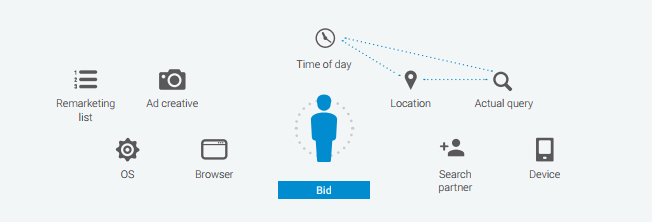
Enhanced Cost Per Click (ECPC) is a semi-automated bidding strategy that adjusts your manual bids to help you get more conversions. It raises your bid for clicks that seem more likely to lead to a sale or other conversion on your website and lowers it for those that seem less likely.
ECPC is a fantastic tool for advertisers who are not ready to fully commit to a fully automated bidding strategy but still want to leverage some level of automation to improve their campaign performance.
How ECPC Works
Imagine you’re running a campaign with a set of manual bids. ECPC takes those bids and tweaks them in real-time during auctions, aiming to strike a balance between cost and conversions. It’s like having a copilot who fine-tunes your bids based on the likelihood of conversion.
Making the Most of Maximum CPC Bidding
For those who prefer hands-on control, Maximum CPC Bidding allows advertisers to set the highest amount they’re willing to pay for a click. This strategy is best for marketers who have a clear understanding of their conversion rates and the value of different types of clicks.
Using Maximum CPC wisely involves detailed knowledge of your market and your campaign’s performance. It’s ideal for seasoned advertisers looking to optimize their ad spend in highly competitive sectors.
Navigating Google Ads Bidding for Brand Awareness

If your objective is to increase brand awareness rather than immediate conversions, certain Google Ads bidding strategies are more apt for your goals. Maximizing impressions is key in this scenario, and strategies like Cost Per Thousand Impressions (CPM) or Target Impression Share can be highly beneficial.
Target Impression Share focuses on achieving maximum visibility by aiming to show your ad on the top of the search result page as often as possible. This strategy is perfect for spreading the word about your brand and ensuring it’s seen by a broad audience.
Strategies for Boosting Brand Visibility
- CPM Bidding: Ideal for display network campaigns, allowing you to pay per thousand impressions.
- Target Impression Share: A smart choice for search campaigns where visibility is the main objective.
By prioritizing these strategies, companies can effectively place their brand in front of potential customers, significantly increasing the chances of recall and recognition.
Leveraging Target ROI for Smart Bidding
The objective of smart bidding strategies like Target Return On Ad Spend (ROAS) is to optimize your conversion values, rather than just increasing the number of conversions. Target ROAS is about finding the right balance between spending on ads and the revenue they generate. This strategy is ideal for businesses with clear insights into their conversion values and looking to maximize their advertising return on investment.
Implementing Target ROAS
- Gather historical data on your conversion values and ad spend to set a realistic target.
- Regularly review and adjust your target ROAS to reflect changes in your business and the market.
- Use conversion tracking to accurately measure the ROI of your campaigns and make informed decisions.
If you’re aiming for growth and have specific revenue targets, Target ROAS can help ensure that your ad spend contributes directly to achieving these goals.
Utilizing Manual Bidding Strategies for Precise Control

While automated bidding offers convenience and efficiency, manual bidding provides unparalleled control over your ad spend. Advertisers who have a deep understanding of their market and campaign performance can benefit significantly from manual bidding strategies. It allows for adjustments based on real-time data, competitor activities, and market changes.
Tips for Effective Manual Bidding:
- Regularly monitor your campaigns to make timely adjustments.
- Experiment with bid adjustments for different devices, locations, and times of day to find what works best.
- Stay informed about changes in the competitive landscape to adapt your bids accordingly.
For those who prefer hands-on optimization, manual bidding can be a powerful tool to maximize campaign effectiveness.
Balancing Budgets and Bidding in Competitive Markets
In highly competitive markets, balancing your budgets while maintaining efficient bidding strategies becomes crucial. Advertisers must be agile, ready to adapt their bidding strategy to market dynamics without overspending. Focusing on cost-effectiveness and ROI is key to navigating these waters successfully.
Strategies for competitive bidding:
- Dynamic Bidding: Adjust your bids in real-time based on ad performance and competition.
- Portfolio Bidding: Apply automated bidding strategies across a portfolio of campaigns to optimize based on a collective goal.
Troubleshooting Common Google Ads Bidding Issues
Even the most well-planned Google Ads campaigns can face challenges. Common issues include underperforming campaigns, overspending, or ads not showing. Solutions often involve revisiting your bidding strategy, improving ad quality, or adjusting your target parameters.
Quick fixes to common problems:
- Review your keyword list for relevance and performance, removing any underperforming keywords.
- Adjust your bids based on the competitive landscape and your ad performance data.
- Enhance your ads and landing pages to improve your Quality Score.
Proactive monitoring and adjustment can mitigate these issues, keeping your campaigns on track toward their goals.
Future Trends in Google Ads Bidding Strategies
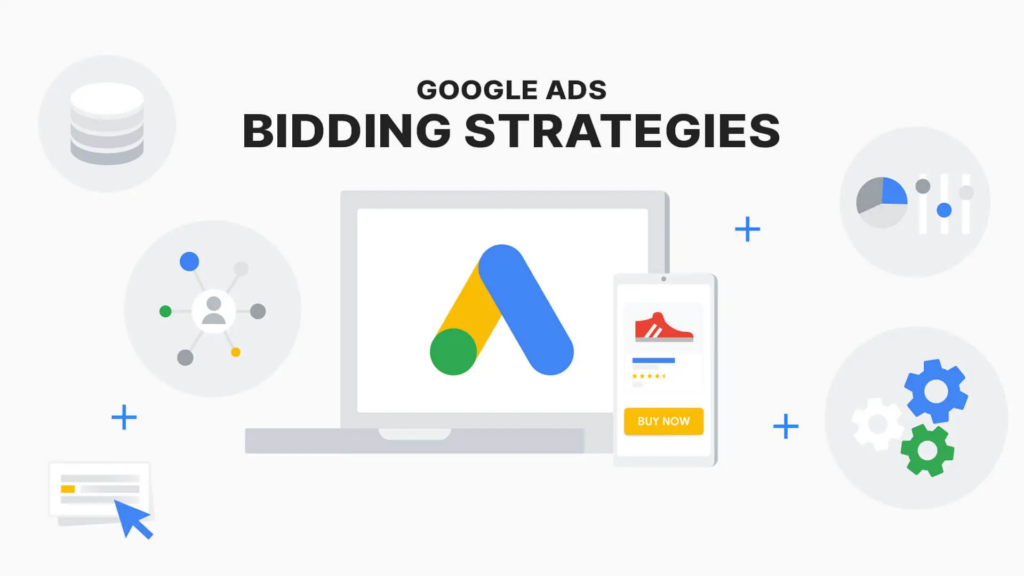
As Google Ads continues to evolve, staying ahead of trends in bidding strategies is crucial for advertisers seeking to maximize their ROI. Machine learning and automation will play larger roles, making smart bidding strategies more dominant. Advertisers will need to balance automation’s efficiency with the precision control of manual bidding to find success.
Conclusion: Key Takeaways for Successful Google Ads Bidding
Mastering Google Ads bidding strategies requires understanding the different options available and how they align with your campaign goals. Whether you’re focused on maximizing conversions, enhancing brand awareness, or achieving an optimal return on investment, choosing the right bidding strategy is critical.
Remember, successful bidding is not just about managing costs—it’s also about maximizing the value each ad delivers. By staying informed, experimenting, and adjusting your strategies based on performance data, you can drive better campaign results and achieve your advertising objectives.
Hello, I am Sajid, I have been working & writing for the Gibson team for over 4-years now. I help with keyword research, meta data insertion, content creation, and getting the project to the finish line. I also manage, organize, and publish helpful articles.


